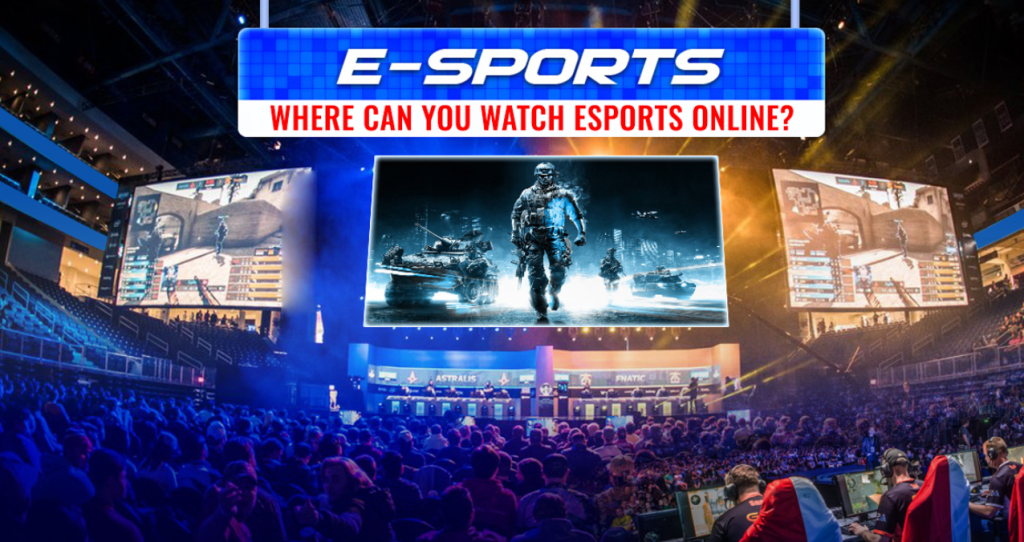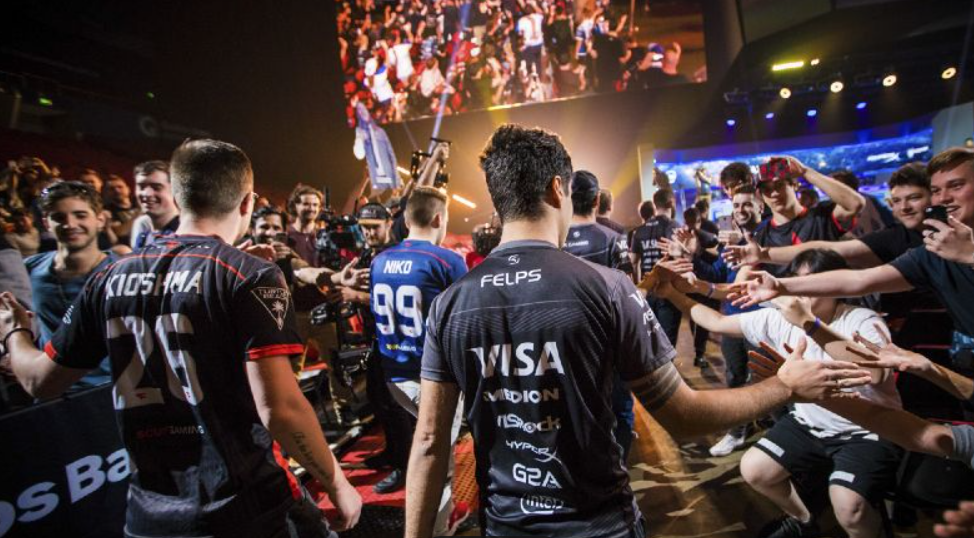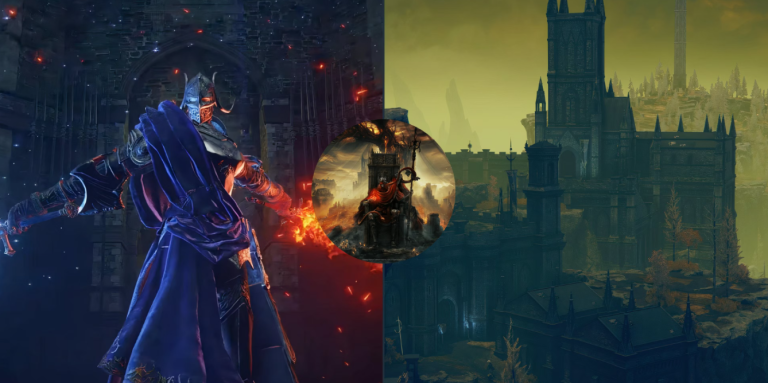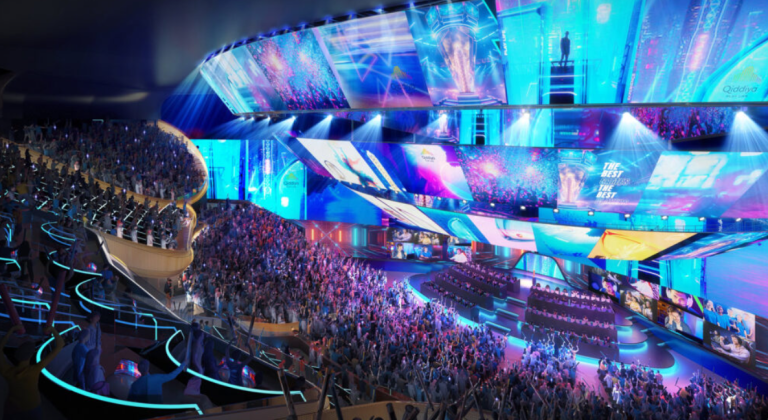
Max, a UX designer based in Los Angeles, lives and breathes esports. By day, he helps design game interfaces. By night, he’s curled up with a greasy slice of pizza and Twitch or YouTube Gaming open, eyes glued to League of Legends or Valorant matches. But it’s not just about the game.
“I like feeling like I’m there,” Max explains. “Sometimes, the chat jokes are even better than the match itself.”
And yet, Max also finds himself annoyed. “The stream delay is too long, the comments lag behind the action, and the chat freezes during the most exciting moments. It’s like watching a replay.”
Esports Streams Are Becoming Less… Live
Over the past few years, esports events have gotten bigger, bolder, and far more polished. But with that, viewers’ expectations have grown even faster. Seeing the game isn’t enough anymore. People want to feel it. They want immersion. Interaction. A sense that they’re more than just passive spectators.
Max still raves about one moment—the moment, as he calls it—during the 2023 CS:GO Copenhagen Masters. Viewers could select camera angles in real-time, even tap a minimap to follow specific players. “That moment, I didn’t feel like a viewer. I felt like the director,” he says with a grin.
Then he shrugs: “But I’ve never seen anything like that since.”
It’s Not Just About 4K and Zero Lag
For platforms, low latency and high-definition are now the bare minimum. What really sets a stream apart is how it connects with the audience—emotionally, socially, personally.
In the West, platforms are starting to realize viewers have shorter patience. Dead time between matches, awkward host banter, repetitive ads—these are instant turnoffs.
YouTube Gaming experimented in 2024 with letting viewers vote for the MVP of the match in the final five minutes. The result shaped the post-game awards ceremony. A simple pop-up. No tech miracle. But it gave viewers something huge: the feeling that their vote mattered.
One fan later posted, “I made that MVP happen.” That’s power.
Sometimes, It’s Not the Stream—It’s the Vibe

Max admits he often joins streams 15 minutes early—not to get a better seat, but to soak in the pre-game banter. It’s that familiar energy: chatrooms hyped, people placing meme bets, roasting players, predicting outcomes.
But too often, that vibe is gone. Hosts sound like robots reading scripts. Chat is dead or drowning in spam. Viewers feel like strangers at a party they weren’t really invited to.
Ironically, smaller, lesser-known tournaments sometimes do better. Germany’s GG League, for example, lets players talk directly with viewers between games. It’s raw, chaotic, but human. Players crack jokes over their own failed plays. The crowd eats it up.
Don’t Underestimate the Power of the Sidecaster
One overlooked asset in Western esports is the “unofficial streamer.”
Take Tyler, a Canadian Twitch streamer. He’s not on any tournament payroll, but fans flock to his channel during major events. His commentary? A mix of spicy hot takes, half-serious predictions, and jokes that only longtime gamers get.
“I don’t tune in because he’s an expert,” says one fan. “I tune in because it feels like watching the finals with my buddies.”
And yet, many platforms fail to nurture this goldmine. They impose strict content rules, push ad deals to top-tier names only, and forget that personality often trumps production.

What If Livestreams Were Actually… Alive?
The beauty of esports isn’t just in winning or losing. It’s in shared moments—moments that make a digital crowd feel like a community.
If platforms truly want to elevate viewer experience, they need to ask better questions. Are we letting people participate? Are we giving them a voice? Do they feel seen?
Imagine if livestreams weren’t about “watching someone play,” but about “being part of something.”
Max recently started following a small Irish caster. The guy drinks Guinness on stream and sings My Heart Will Go On every time his favorite team loses. Max laughs, “It’s ridiculous. But when he sings, we all feel a little better about the loss.”
That’s what esports streaming should be. Not polished. Not perfect. But alive—with cheers, silence, hype, and heartbreak. A place where no one’s forgotten.
A place that feels like coming home.
![]()


